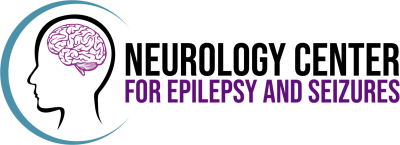Studies show that 17% of American adults struggle with severe headaches and migraines. Without medical care, their headache pain leads to time off from work and too many hours spent in misery. Amor Mehta, MD, and the team at the Neurology Center for Epilepsy and Seizures in Marlboro Township, New Jersey, determine the cause of your headache and develop customized treatment to relieve your pain and prevent future headaches. If you need relief from headache pain, call the office or book an appointment online today.
Headaches Q&A
Headaches are categorized as either primary or secondary, depending on the underlying cause:
- Primary headaches
A primary headache develops from a problem in your head or neck. The problem may arise from nerve or blood vessel problems, muscle tension, or chemical activity in your brain. Migraines and tension headaches are two of the most common primary headaches. - Secondary headaches
A secondary headache is caused by an underlying health condition. Examples of problems that frequently cause secondary headaches include infections, sinus congestion, traumatic brain injury, concussions, and jaw disorders.
You already know that headaches cause pain. However, the severity, duration, and location of your pain varies, depending on the type of headache. Some headaches also cause body-wide symptoms.
These are examples of the symptoms in three types of headaches:
- Tension headaches
Tension headaches typically cause mild-to-moderate pain that feels like your head is being squeezed. Episodic tension headaches last from 30 minutes to a week, while chronic tension headaches last for hours and occur 15 or more days a month for at least three months. - Cluster headaches
Cluster headaches cause severe, piercing pain that lasts from 15 minutes to three hours and often appears at night. The headaches occur in clusters, with daily headaches for weeks, months, or even a year, before going into remission. The pain is usually around one eye or on one side of your head, but it may spread through your head, neck, and face. - Migraine headaches
Migraines cause throbbing, intense pain that’s typically around one temple but may affect both sides. These headaches last four to 72 hours, and you have one or more body-wide symptoms such as nausea, vomiting, and sensitivity to light, smells, and sounds. Migraines are triggered by factors such as stress, skipping a meal, caffeine, and changes in the weather.
Your provider at the Neurology Center for Epilepsy and Seizures reviews your medical history and performs an exam that typically includes a neurological assessment and diagnostic testing. Your treatment may include one of the following, depending on the type of headache:
- A plan to avoid triggers
- Medication to treat pain
- Medication to shorten headache duration
- Medication to prevent future headaches
- Stress management
- Oxygen therapy (for cluster headaches)
- Calcitonin gene-related peptides (CGRP)
CGRP, one of the newest treatments for migraines, stops your pain and reduces headache frequency by blocking certain proteins.
